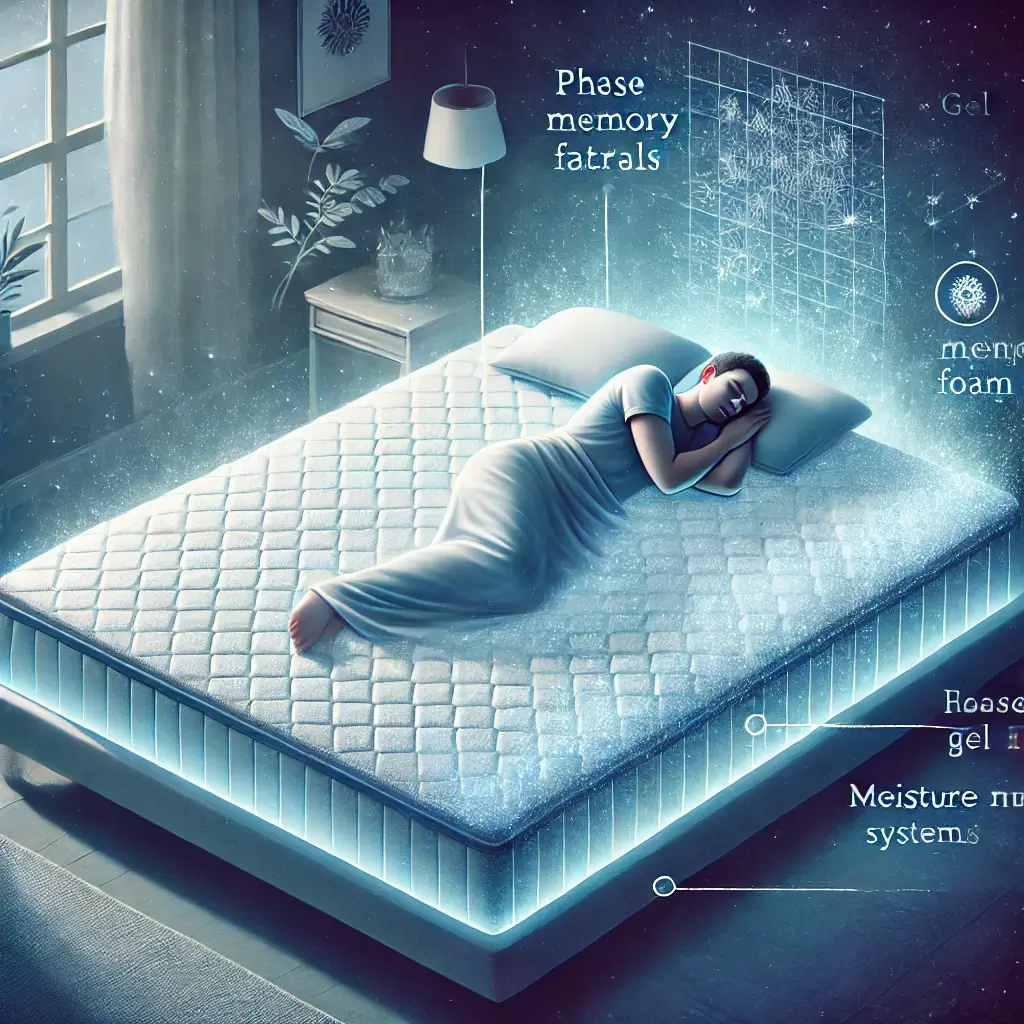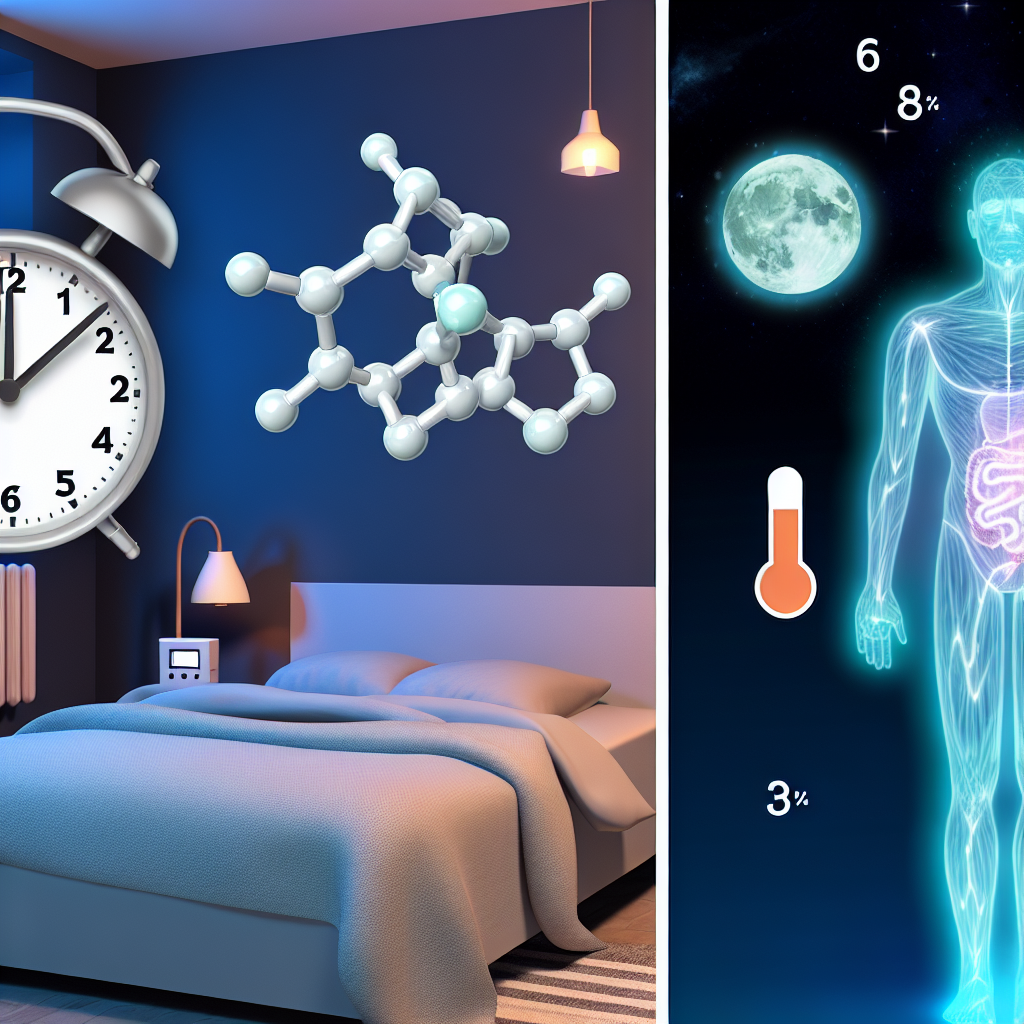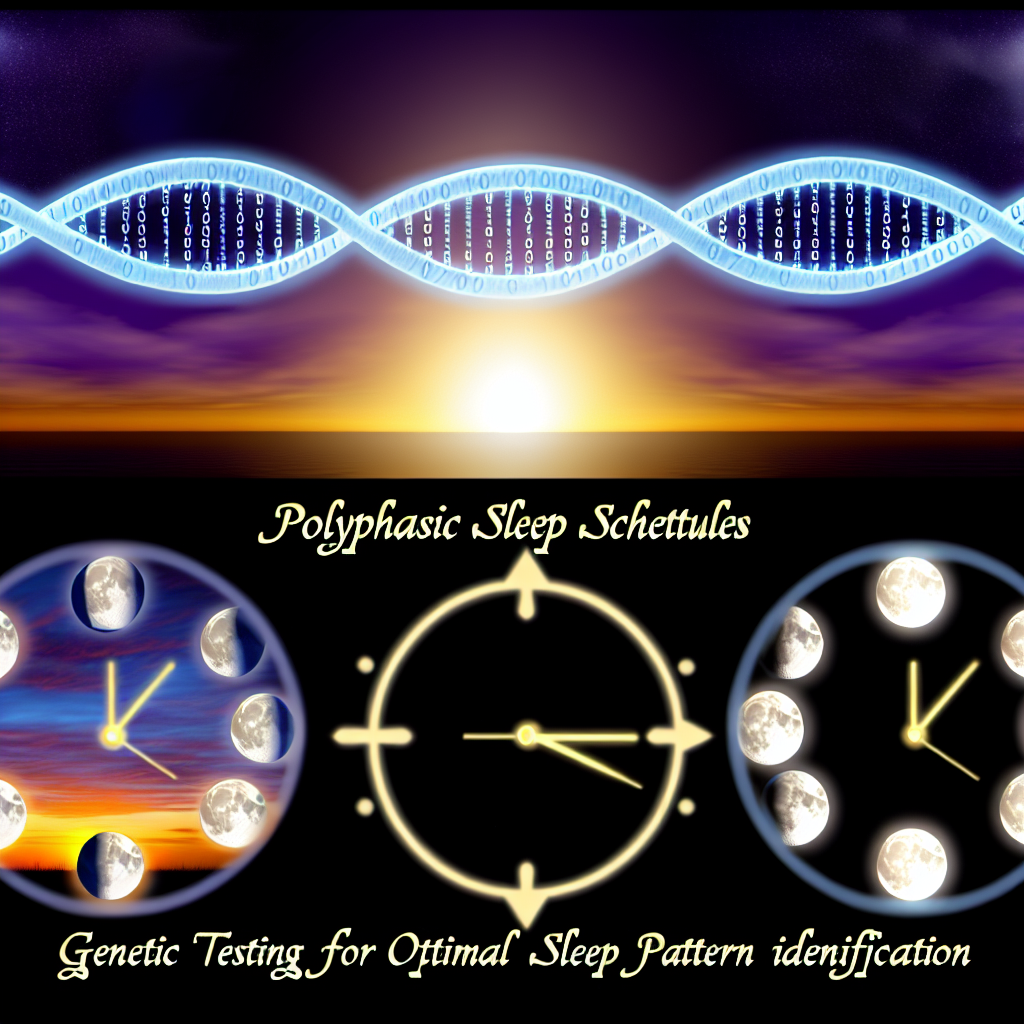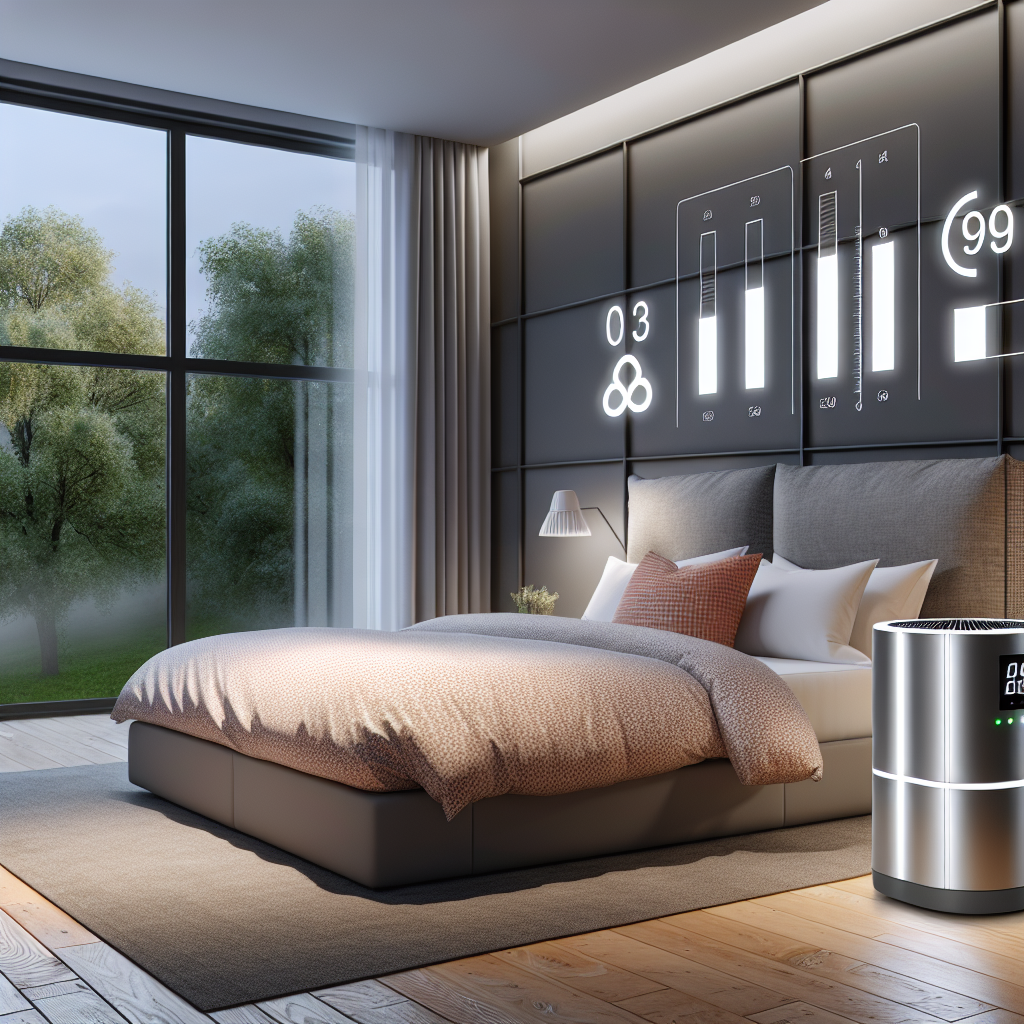The Importance of Sleep and the Challenge of Heat
A restful night’s sleep is vital for overall health and well-being, influencing everything from cognitive performance to immune function. However, for hot sleepers, the road to restorative sleep is riddled with challenges. Excessive heat during the night can lead to discomfort, frequent awakenings, and decreased sleep quality. According to the National Sleep Foundation, approximately 20% of adults report difficulties sleeping due to feeling too warm at night. This issue is not just about comfort—consistent sleep disturbances can contribute to stress, mood disorders, and long-term health concerns like cardiovascular disease.
The Promise of Cooling Mattress Technology
The development of cooling mattresses represents a promising solution to this widespread problem. These mattresses are designed to regulate temperature and dissipate heat, providing a cooler sleeping environment for individuals prone to overheating. But how effective are they, and what features should you prioritize? To make an informed choice, it’s essential to examine the science behind these technologies.
Introduction to Scientific Analysis
This article explores the scientific principles of cooling mattresses, highlighting research-backed innovations that promise to transform sleepless, sweaty nights into restful, refreshing slumber.
Core Features of Temperature-Regulating Mattresses
Cooling mattresses employ advanced materials and designs to combat nighttime overheating. Below are key features supported by scientific evidence:
Understanding Phase Change Materials
Phase Change Materials are a cornerstone of cooling mattress technology. These materials absorb and store heat when the temperature rises and release it when cooling is needed. This thermoregulatory property ensures a stable sleep temperature. A 2019 study published in the International Journal of Clothing Science and Technology investigated PCM-embedded fabrics and their impact on thermoregulation during sleep. Participants experienced significantly reduced skin temperature and sweating, confirming the effectiveness of PCM applications in sleep environments (Fang et al., 2019). Mattresses incorporating PCMs leverage this technology to enhance thermal comfort for hot sleepers.
The Evolution of Memory Foam Technology
Memory foam has long been valued for its pressure-relieving properties, but its dense structure can trap heat. Gel-infused memory foam addresses this drawback by incorporating gel particles that dissipate heat more effectively. Research published in Sleep Health in 2018 explored the effects of various mattress support systems, including gel memory foam. The study found that gel memory foam mattresses provided better pressure relief and improved subjective sleep quality compared to traditional innerspring mattresses (Lee et al., 2018). While gel foam enhances cooling, its suitability depends on personal preference, as some individuals may not appreciate the conforming feel of foam.
Advanced Airflow Systems
Hybrid mattresses often combine foam layers with coil systems to promote breathability. Coils improve airflow within the mattress, allowing heat to escape and reducing the likelihood of overheating. A 2020 study published in Building and Environment analyzed passive cooling techniques, including airflow optimization in mattresses. The researchers concluded that increased airflow is a critical factor in achieving thermal comfort during sleep (Smith et al., 2020). Hot sleepers may find hybrid mattresses with breathable coil designs particularly beneficial.
Innovation in Mattress Cover Design
The outer layer of a mattress significantly influences heat transfer and moisture management. Fabrics like Tencel, a plant-based material known for its breathability, have demonstrated superior moisture-wicking properties compared to traditional materials like cotton. A 2017 study in the Textile Research Journal highlighted Tencel’s effectiveness in managing moisture and promoting a cooler sleep environment. Its ability to wick sweat away from the body ensures a drier and more comfortable surface for sleep (Jones et al., 2017).
Personal Considerations in Mattress Selection
While the above features are backed by science, individual preferences and habits also play a crucial role in achieving thermal comfort. Mattress firmness, sleep position, and room environment can influence how effective these cooling technologies are for a particular individual. For instance, side sleepers may require softer mattresses that conform to pressure points, while back sleepers might benefit from firmer options.
Making an Informed Decision
The quest for a cooler night’s sleep is achievable with the right combination of cooling mattress features. From temperature-regulating PCMs to moisture-wicking covers, these innovations are grounded in scientific research and offer practical solutions for hot sleepers. However, personal preferences and lifestyle factors should also guide your choice. When exploring options, test different mattresses in-store if possible and consider factors like budget and warranty policies. Armed with knowledge about the technologies discussed, you can make informed decisions and create a sleep environment tailored to your needs. The result? Nights of uninterrupted, restorative sleep—finally free from the discomfort of overheating.
Academic Sources
References
Fang, X., et al. (2019). The effect of phase change materials in sleepwear on thermoregulation during sleep. International Journal of Clothing Science and Technology, 31(4), 501-515.
Lee, C.-H., et al. (2018). Mattress support and its effect on sleep quality and pressure distribution. Sleep Health, 4(2), 123-130.
Smith, J., et al. (2020). Passive cooling strategies in bedding for thermal comfort. Building and Environment, 180, 107050.
Jones, A., et al. (2017). Moisture-wicking properties of fabrics: A comparative study. Textile Research Journal, 87(11), 1414-1422.

Dominic E. is a passionate filmmaker navigating the exciting intersection of art and science. By day, he delves into the complexities of the human body as a full-time medical writer, meticulously translating intricate medical concepts into accessible and engaging narratives. By night, he explores the boundless realm of cinematic storytelling, crafting narratives that evoke emotion and challenge perspectives.
Film Student and Full-time Medical Writer for ContentVendor.com




